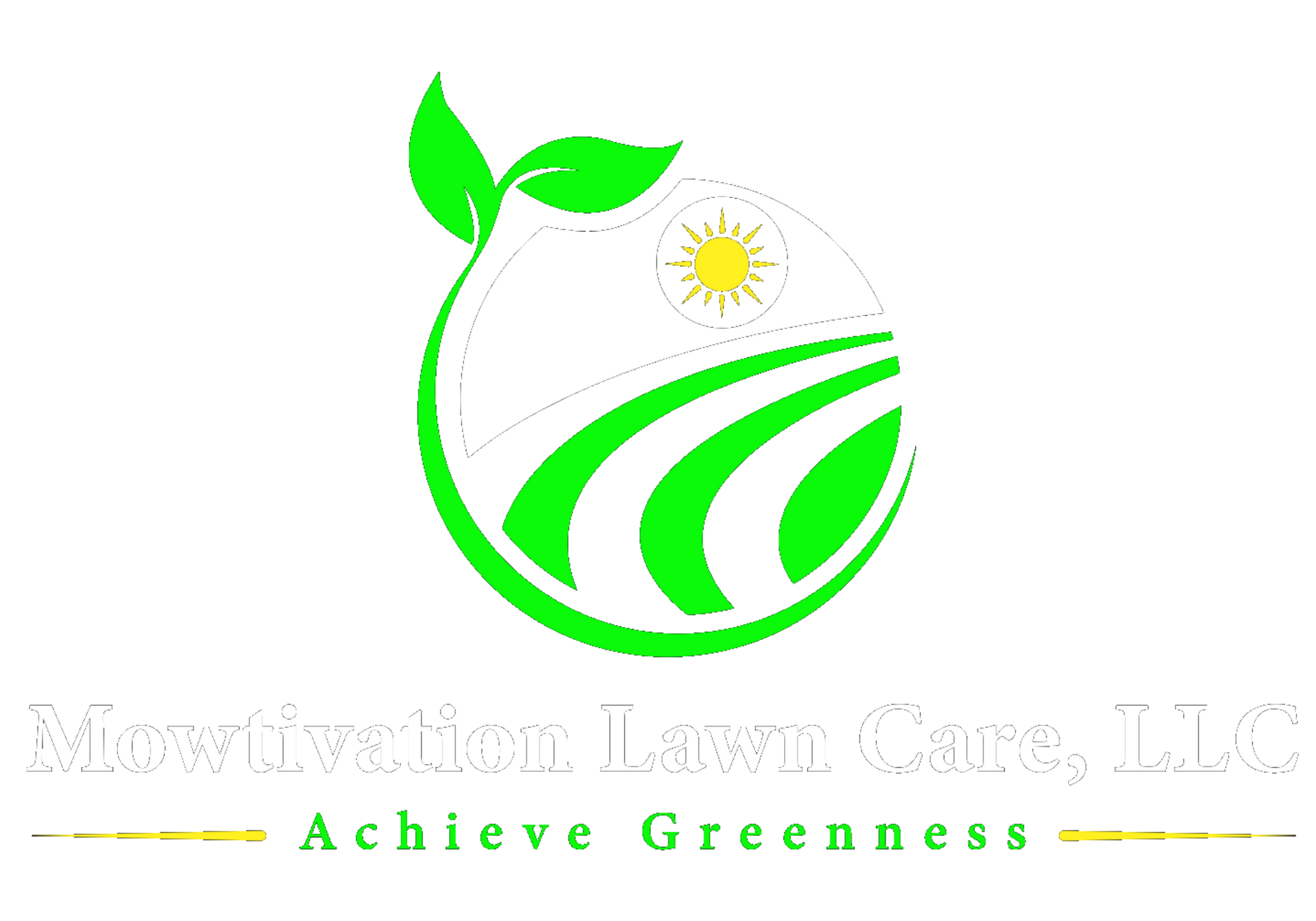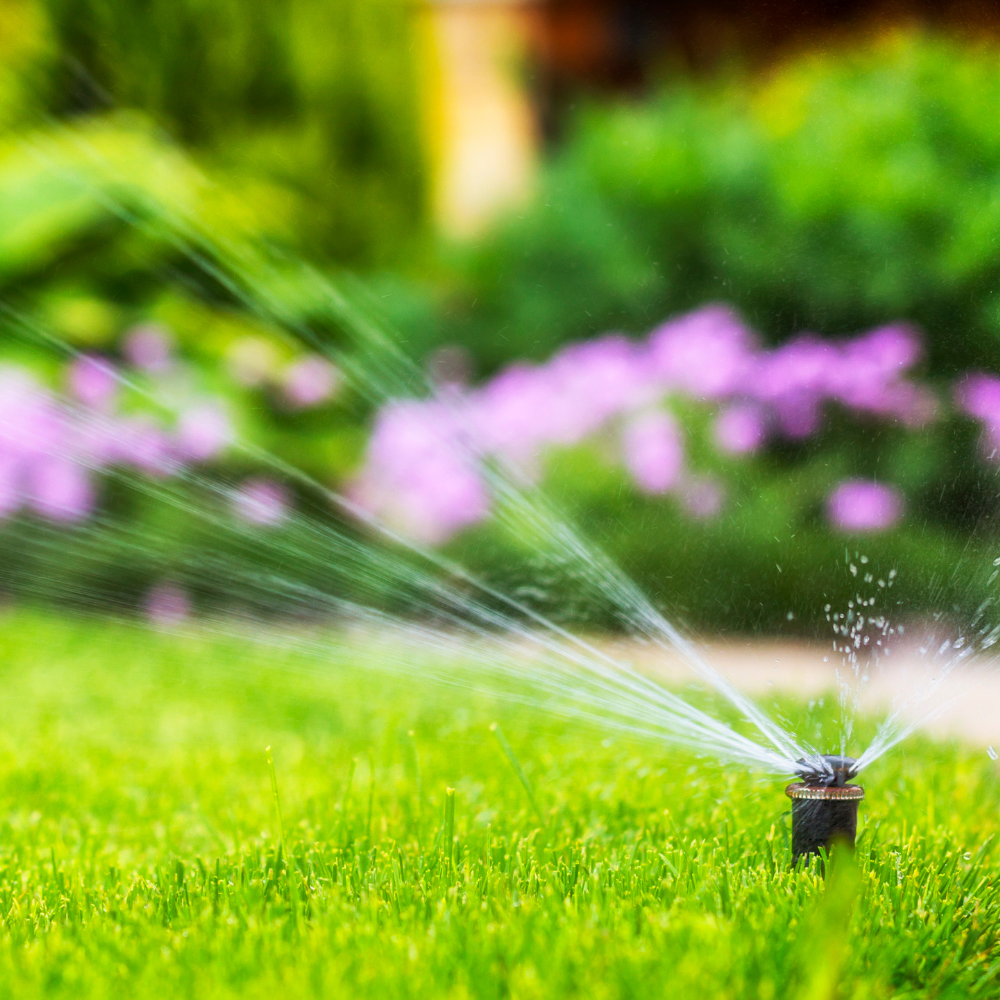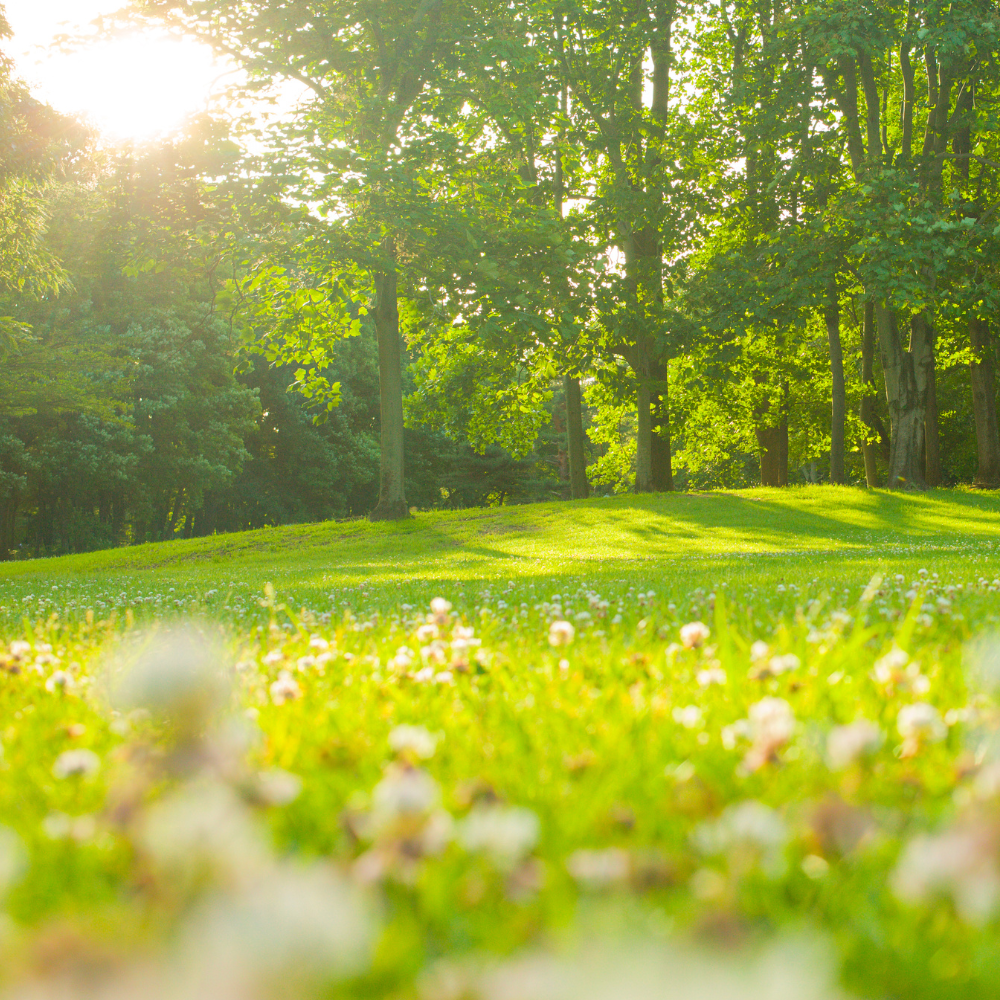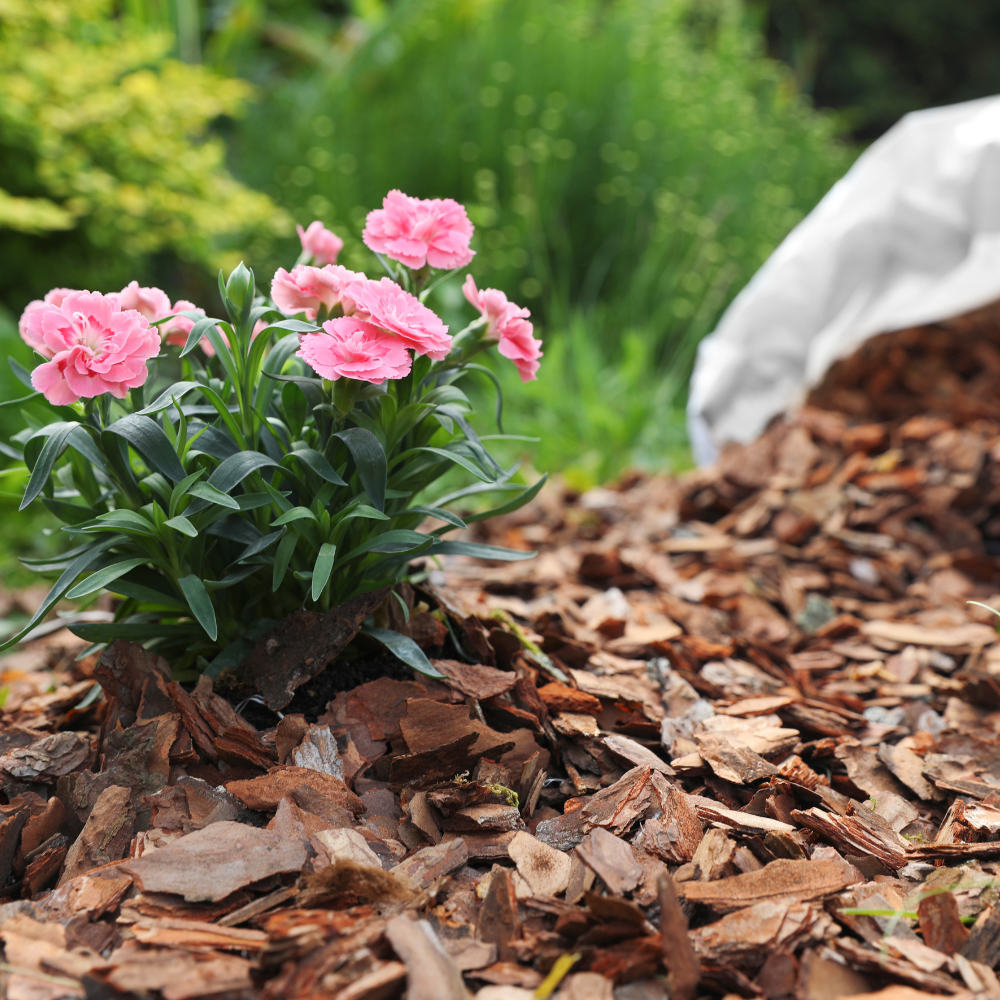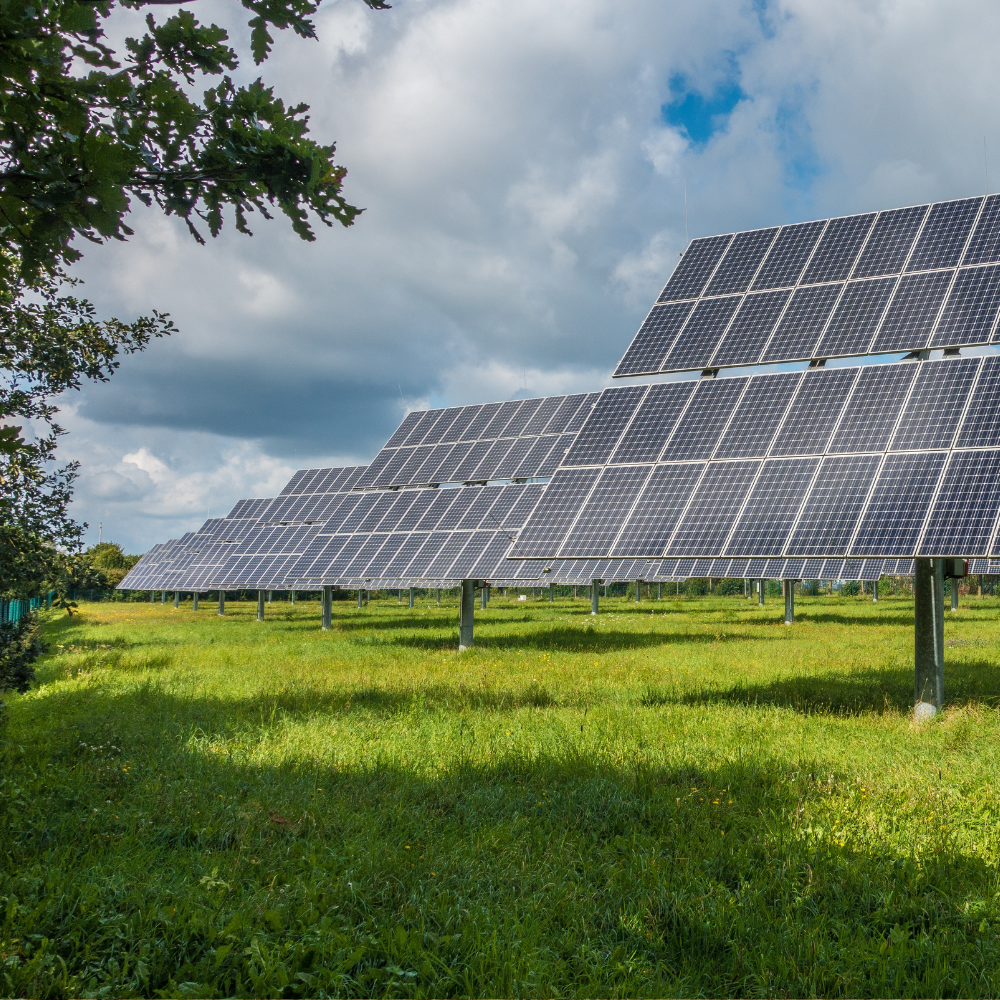Developing a Long-Term Lawn Restoration Plan: A Comprehensive Guide
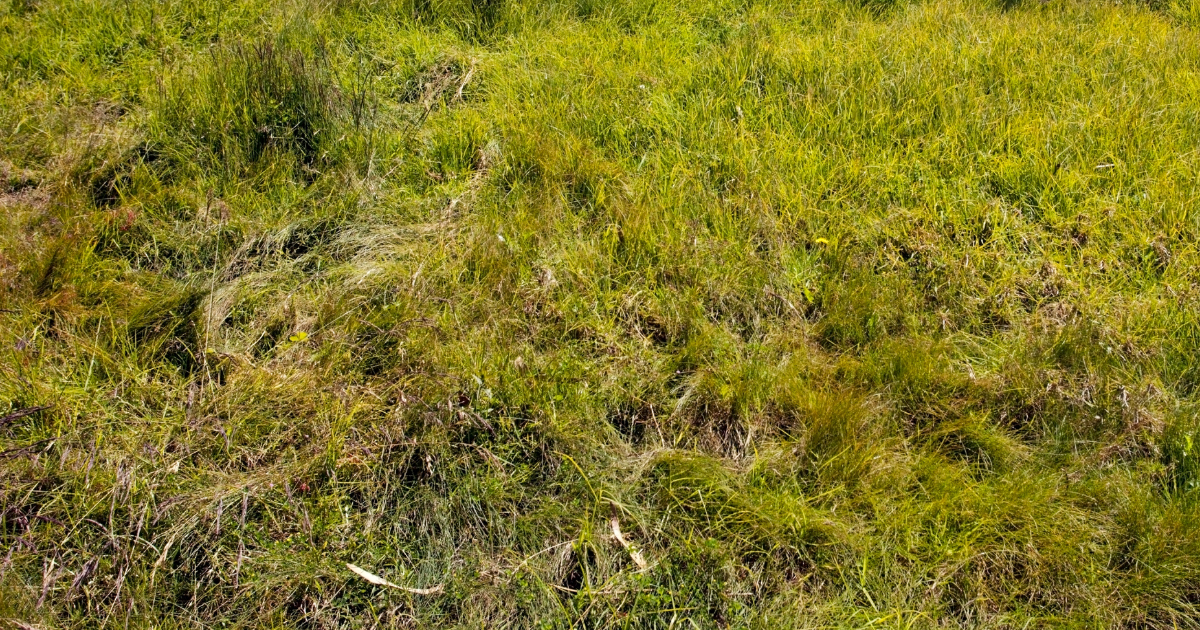
In the realm of lawn care, a long-term approach is essential for achieving and maintaining a lush, vibrant lawn. The key to long-term lawn restoration and upkeep lies in understanding and implementing a comprehensive plan that addresses all aspects of lawn health—from soil conditioning to pest management. Here's how to develop a long-term lawn restoration plan that will ensure your lawn remains a source of pride for years to come.
Step 1: Consistent Lawn Maintenance
The foundation of any long-term lawn care plan is consistent maintenance. Regular mowing, according to the grass type's optimal height, prevents stress and promotes healthy growth. Edging and removing debris also contribute to a well-kept appearance and prevent disease.
Step 2: Soil Aeration
Aeration, the process of making small holes in the soil, allows air, water, and nutrients to penetrate the grass roots. This helps the roots grow deeply and produce a stronger, more vigorous lawn. Annual or semi-annual aeration, depending on soil type and lawn use, is crucial for compacted soil or high-traffic areas.
Step 3: Strategic Fertilization
Fertilization replenishes essential nutrients and promotes healthy, dense grass that can outcompete weeds and withstand pest invasions. A tailored fertilization schedule, based on soil tests, ensures your lawn receives the right nutrients at the right time.
Step 4: Integrated Weed and Pest Control
Effective weed and pest management is a cornerstone of long-term lawn care. Integrated Pest Management (IPM) combines biological, cultural, physical, and chemical tools in a way that minimizes economic, health, and environmental risks. Identifying pests and diseases early and choosing the most effective, least invasive treatment strategies are key components of IPM.
Step 5: Water Management and Conservation
Proper irrigation is vital for lawn health, but overwatering can lead to disease and shallow root systems. Implementing efficient watering practices, such as early morning irrigation to reduce evaporation and using drip irrigation or soaker hoses, can promote deep root growth and drought tolerance.
Step 6: Regular Monitoring and Adjustment
A successful long-term lawn restoration plan is flexible and responsive to the changing needs of your lawn. Regular monitoring helps identify potential problems early, and the plan should be adjusted based on lawn performance, seasonal changes, and specific challenges as they arise.
By following these steps, homeowners can develop a long-term lawn restoration plan that not only enhances the aesthetic and recreational value of their outdoor space but also contributes to the overall health of their environment. Whether you're a seasoned gardener or a novice green thumb, a strategic approach to lawn care can yield lush, sustainable results that stand the test of time.
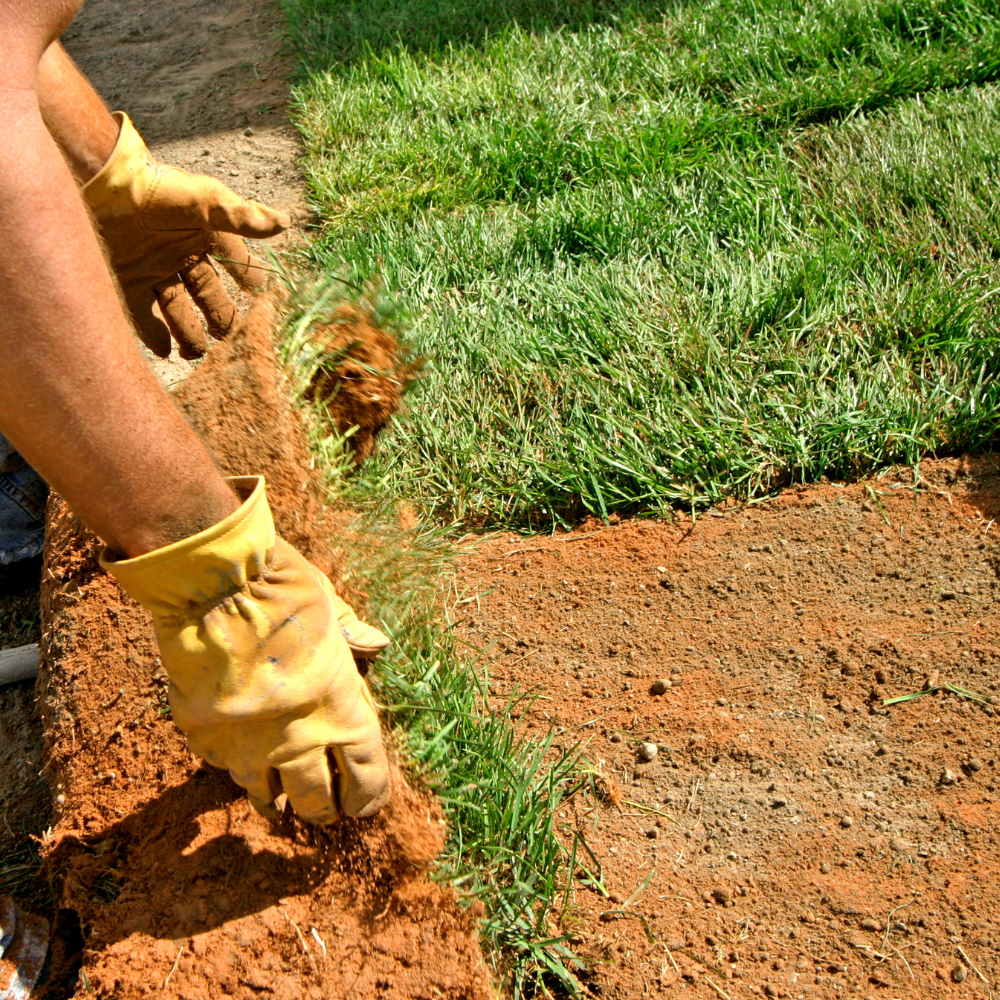
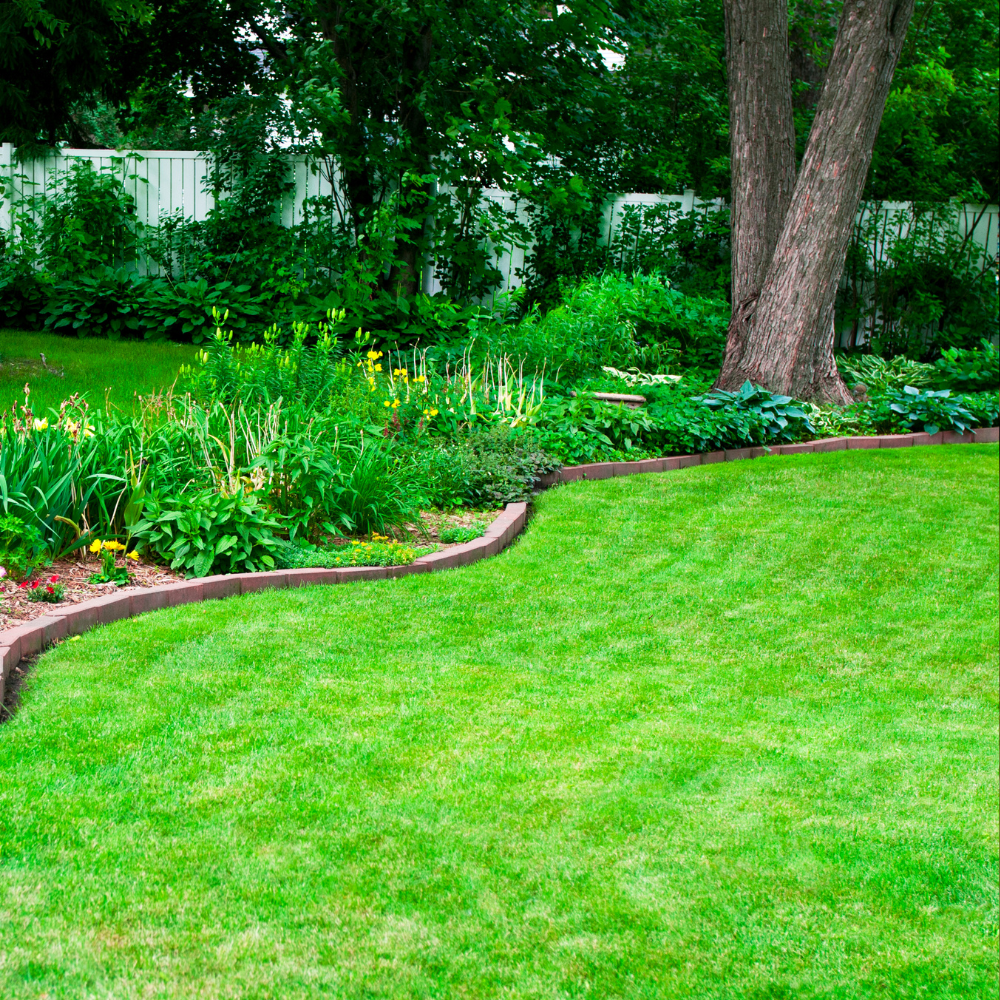

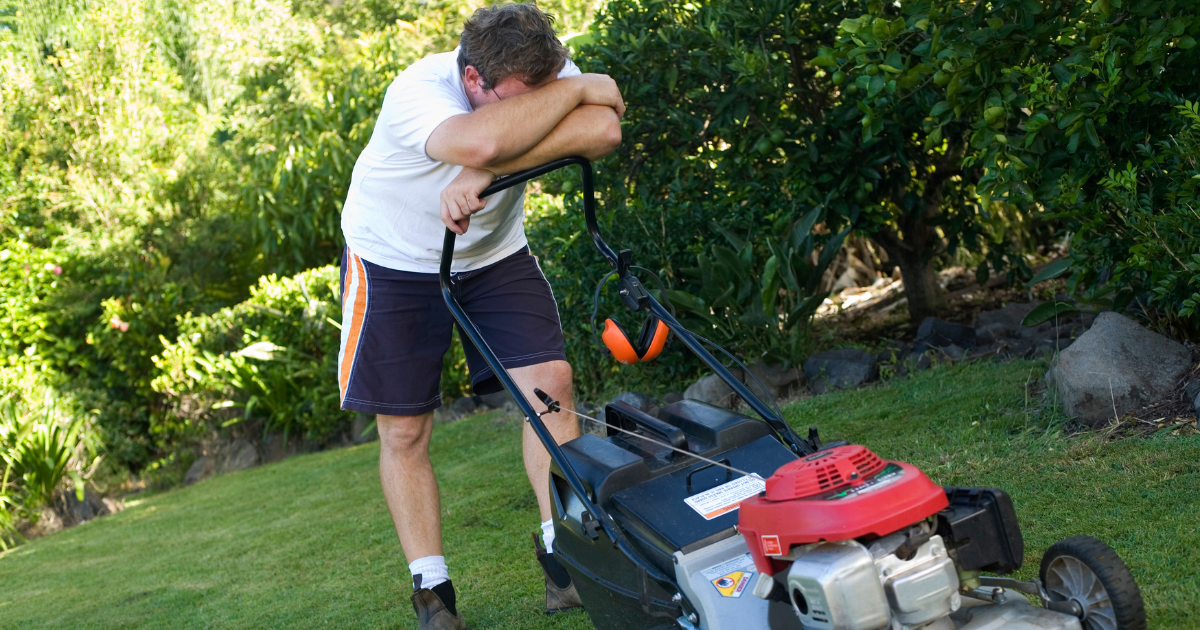


See What Others Are Saying
 Rating
Rating
Contact Us
Follow Us
All Rights Reserved | Mowtivation Lawn Care, LLC.
Webmaster: Rich Marketing Resources
